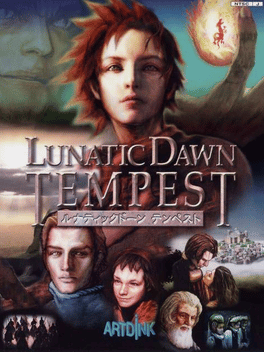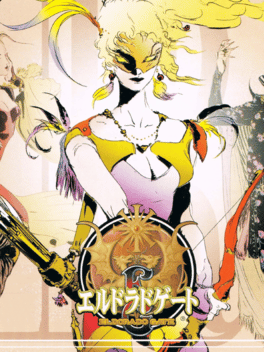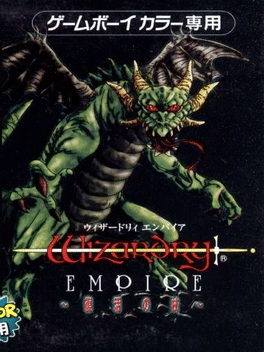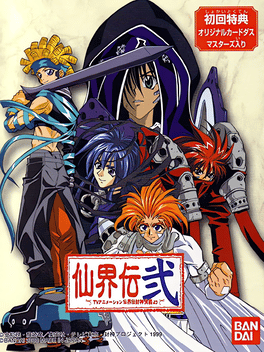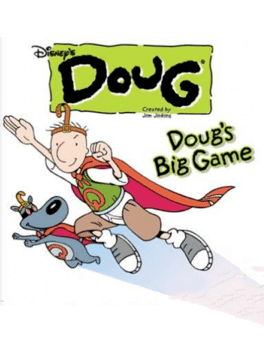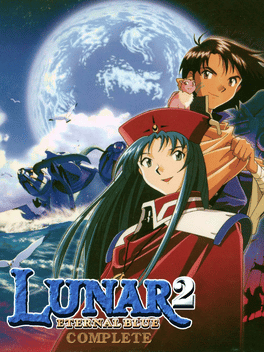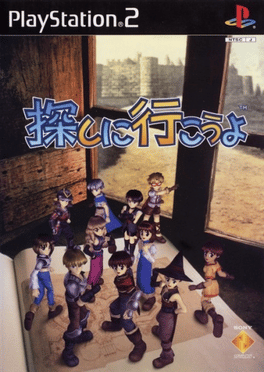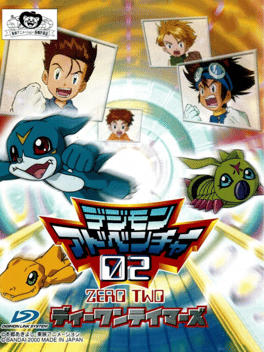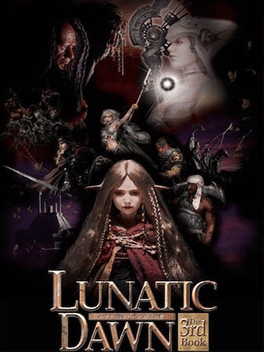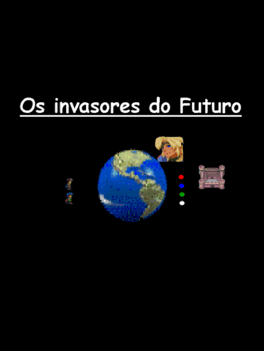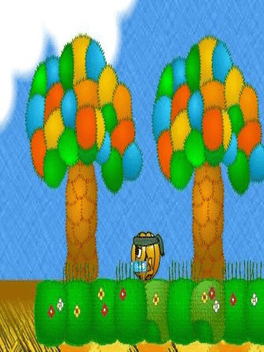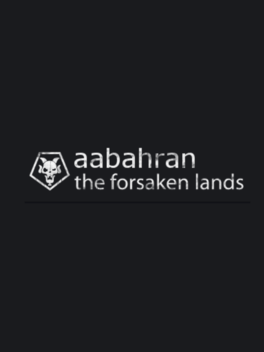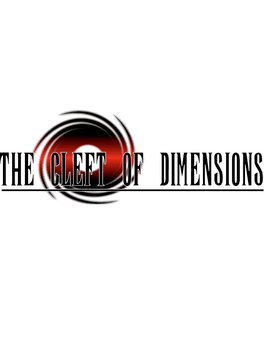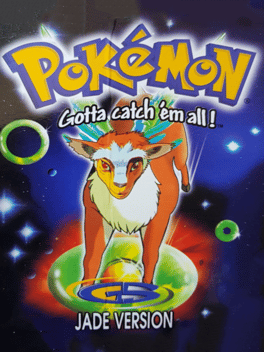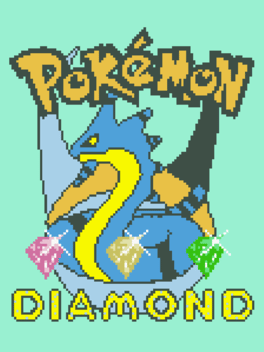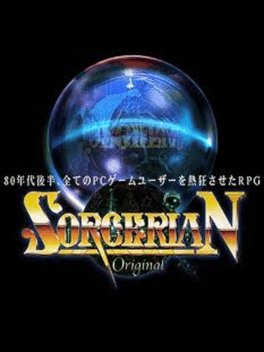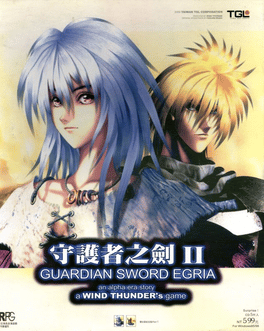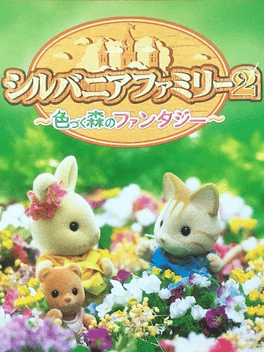New Xbox 360 Games - Page 230
-
Lunatic Dawn Tempest
2001
Lunatic Dawn Tempest
2001
The most recent title in the role-playing series from Artdink, released for PlayStation 2. -
Dinosaur'us
2001
Dinosaur'us
2001
Dinosaur'us is a game developed by RFX Interactive and co-published by Electronic Arts and Light & Shadow Productions for the Game Boy Color platform. Dinosaur'us was never released outside of Europe. -
Eldorado Gate Volume 3
2001
El Dorado Gate is console gaming's first serial RPG series, where each Dreamcast GD-ROM contains 3 seperate (though interrelated) adventures, each telling a story of one of the series' 12 characters. There's 7 volumes in all, the first few introducing the characters whilst the later volumes flesh out how their stories are related, leading to the finale. Part of Capcom's experiment of serializing an RPG over a year with one part every other month. -
Wizardry Empire: Fukkatsu no Tsue
2001
Wizardry Empire: Staff of Resurrection is a 2000 role-game released exclusivley in Japan by Starfish Inc. The game is very similar to other games in the series with staples such as recruiting a party than dungeon crawling in first person. -
Senkaiden Ni: TV Animation Senkaiden Houshin Engi Yori
2001
Senkaiden Ni: TV Animation Senkaiden Houshin Engi Yori is a single player manga role-play video game for WonderSwan Color, created and published by Bandai. -
Disney's Doug: Doug's Big Game
2001
Doug makes his way to the videogame world with DOUG'S BIG GAME on Game Boy Color. You play Doug Funnie and his alter ego Quailman as you try to find your missing sweetheart, Patti Mayonnaise. You can also take on the role of your loyal pooch Porkchop, who also has own superhero alter ego: Quaildog. Solve the mystery of Patti's disappearance by searching the town of Bluffington for clues and write in your journal so you can refer to them later. Discover who is behind Patti's disappearance and her whereabouts by exploring 20 different environments from the popular TV show you're bound to bump into more than a few of the show's popular characters along the way. And don't forget to keep an eye open for power-ups that will increase Quailman's strength and powers. DOUG'S BIG GAME features detailed color graphics that bring the feel of the popular show right to the palm of your hand. -
Lunar 2: Eternal Blue Complete - Collector's Edition
2001
The enchanting world of LUNAR comes to life once more in the enhanced PlayStation game console version of the classic RPG sequel. Join freewheeling Hiro and the adorable Ruby, a thousand years after the events of LUNAR: Silver Star Story, as they work to unlock the secrets of the Blue Spire... and the strange young girl they found within it! But be careful - dark forces are trying to revive the evil Zophar, and immerse LUNAR in darkness forever. Journey to distant lands in the search of the Goddess Althena, who may be the only one powerful enough to stop Zophar. Along to way, you'll meet exciting new caracters, fight vividly animated monsters, traverse snow-covered mountain peaks, and crawl throught slimy dungeon depths as you wind your way toword the terrifying climax! LUNAR 2 features almost an hour of detailed animation sequences and over 90 minutes of dialogue packed onto three CDs... so what are you waiting for? Go ahead, you deserve to be the hero for once! -
Sagashi ni Ikouyo
2001
Sagashi ni Ikouyo
2001
You are a young adventurer, looking for challenge. Travel through deep dungeons and battle those who would seek to stop you. A large cast of characters aid and propel players in this treasure hunting, monster battling adventure game. Magic, weaponry and team cooperation will see them through their quests. -
Digimon Adventure 02: D-1 Tamers
2001
Digimon Adventure 02: D1 Tamers is a Role-Playing game, developed by Sims and published by Bandai, which was released in Japan in 2000. -
Plant World
2000
Plant World
2000
Help save the vegetables from the Angry Pumpkins! Use your arrow keys to move your good pumpkin through PlantWorld. Follow the instructions on the screen to win keys and play games that will help you release the vegetables and win the game! -
Aabahran: The Forsaken Lands
2000
Aabahran is a multi-user dungeon, or MUD. A MUD is a multi-player computer game that combines elements of role-playing games, hack and slash style computer games and social chat rooms. MUDs are text-driven, where players read descriptions of rooms, objects, events, other characters, and computer-controlled creatures or non-player characters (NPCs) in a virtual world. Aabahran has been in existence since June of 2000, ranking it in line with many of the long-standing MUDs still in existence. Its world is rich, dynamic and exciting. It is also a roleplaying-enforced, playerkilling MUD. What this means is that in Aabahran, you are required to play a character to its full extent. Additionally, you may kill other players (after a certain rank and within our highly balanced playerkilling ranges). In fact, because Aabahran has a balanced rare & unique item system, you may need to kill other players in order to get that special sword or shield you’ve been looking for! The world is massive, with over 10,000 unique rooms -
The Cleft of Dimensions
2000
The Cleft of Dimensions is a text adventure MMO (aka, a MUD) with content inspired by classic video games. Do you want to jump on goombas? Maybe you'd rather immolate them with lava or bombard them with meteors. You could always confuse them into hitting themselves. Then again, why fight goombas when you could enslave them into your army? If that doesn't work out, you've got this motorcycle you could crash into them. The Cleft has 16 character classes, each with a different play style. Gameplay in the Cleft is as much about exploring as it is about killing things. Secret treasure is hidden everywhere, waiting to be claimed by those willing to endeavour. Quests are prominent, with activities ranging from committing industrial espionage for a paranoid innkeeper to seeking the blessings of the mana spirits. To top it all off, we have an active roleplaying community to make your own story part of the Cleft. -
Pokémon Jade
2000
Pokémon Jade
2000
Pokémon Jade is a bootleg/pirate game which is a mod of Keitai Denjuu Telefang Speed Version. Its counterpart is Pokémon Diamond (the bootleg, not the official game by Nintendo). -
Pokémon Diamond
2000
Pokémon Diamond
2000
Pokémon Diamond is a bootleg/pirate game which is a mod of Keitai Denjuu Telefang Power Version. It shouldn't be confused with the actual Pokémon Diamond, released later for the Nintendo DS. Its counterpart is Pokémon Jade. -
Dungeon Savior
2000
-
Sorcerian Original
2000
Sorcerian Original
2000
A remake of the classic RPG Sorcerian for Windows PCs. In Sorcerian you created a party of four adventurers and set off to solve a series of scenarios each with their own unique quests and challenges, which usually involve exploring a specific dungeon and retrieving some treasure or slaying a specific monster. Gameplay is mostly action-oriented with the addition of upgradable stats and the ability to equip different weapons and magic items. -
Sylvanian Families 2: Irozuku Mori no Fantasy
2000
The sequel to Otogi no Kuni no Pendant. You play as a girl from the Ivory Rabbit family, embarking on an adventure to restore the "colors" that have vanished from the fairy tale world.
